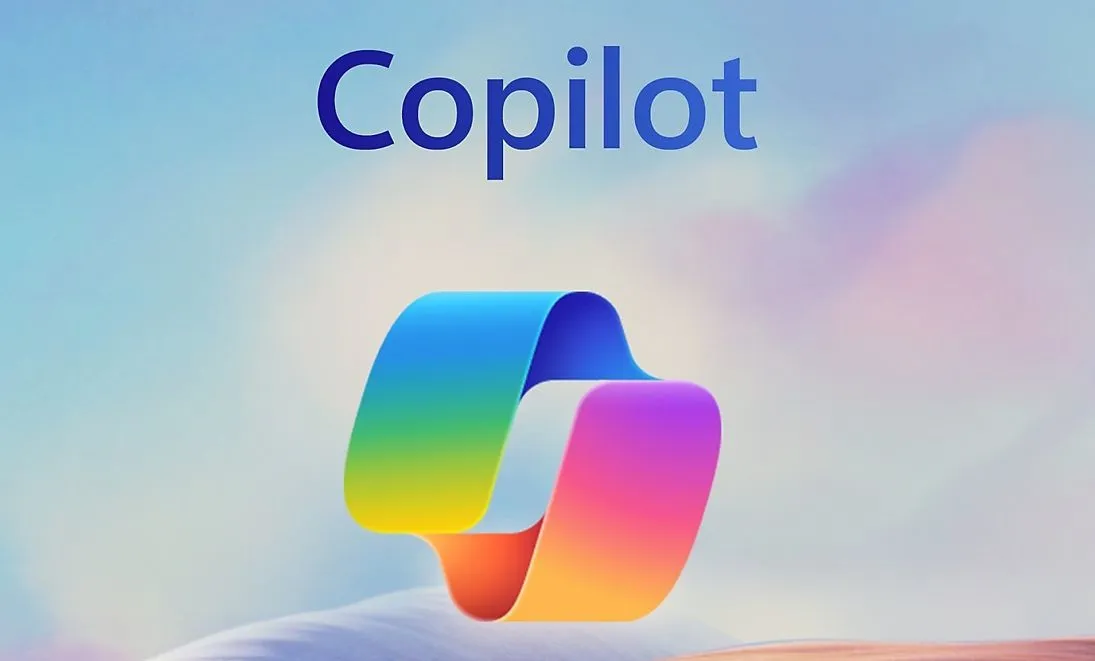Copilot: Your AI Assistant
Exploring the World of Copilot: Your AI Assistant
Created Jul 25, 2024 - Last updated: Jul 25, 2024

In today’s fast-paced digital world, AI-powered assistants, known as Copilots, are transforming the way we work, create, and collaborate. Let’s dive into what Copilot is, the different types available, and how to use them responsibly.
What is Copilot?
Copilot is an AI-driven assistant designed to enhance productivity and creativity. By leveraging advanced machine learning algorithms, Copilot can understand context, provide suggestions, automate tasks, and even generate content. Whether you’re coding, writing, or managing projects, Copilot is there to assist you every step of the way.
Types of Copilots
- Windows Copilot: Integrated directly into your operating system, this Copilot helps with everyday tasks such as scheduling, reminders, and quick searches. It can also assist with more complex activities like data analysis and content creation.
- Office 365 Copilot: Embedded within Microsoft Office applications like Word, Excel, and PowerPoint, this Copilot enhances your productivity by offering smart suggestions, automating repetitive tasks, and providing insights based on your data. Imagine having an AI that helps you draft documents, create presentations, and analyze spreadsheets effortlessly.
- GitHub Copilot: Tailored for developers, GitHub Copilot is an AI-powered code completion tool that suggests code snippets, functions, and even entire algorithms as you type. It supports multiple programming languages and integrates seamlessly with popular code editors like Visual Studio Code, making coding faster and more efficient.
- Custom Copilot: Businesses and individuals can create custom Copilots tailored to their specific needs. Whether it’s a customer service bot, a personal assistant, or a specialized tool for a particular industry, custom Copilots can be designed to meet unique requirements and enhance productivity in various domains.
- Microsoft Security Copilot: This Copilot is designed to enhance cybersecurity efforts by providing tailored insights and automating threat detection and response. It leverages generative AI to help security teams defend at machine speed, offering capabilities like vulnerability management, threat intelligence, and incident response.
- Dynamics 365 Copilot: Integrated into Dynamics 365 applications, this Copilot assists with various business functions such as sales, customer service, and supply chain management. It uses AI to automate repetitive tasks, generate insights, and provide next-best-action recommendations, helping businesses operate more efficiently.
- Viva Copilot: Embedded within Microsoft Viva, this Copilot focuses on enhancing employee engagement and productivity. It helps with goal setting, provides personalized learning recommendations, and offers insights to improve workplace communication and collaboration.
Security and Responsible Use
While Copilots offer immense benefits, it’s crucial to use them responsibly. Here are some key points to consider:
- Data Privacy: Ensure that your Copilot complies with data privacy regulations and that sensitive information is handled securely. Always be aware of what data is being collected and how it is used.
- Ethical Use: Use Copilot ethically by avoiding tasks that could harm others or violate privacy. Ensure that the AI’s suggestions and actions align with ethical standards and company policies.
- Transparency: Be transparent about the use of AI with your team and stakeholders. Clearly communicate how Copilot is being used and the benefits it brings.
- Continuous Monitoring: Regularly monitor and update your Copilot to ensure it remains effective and secure. Address any issues promptly and keep the AI aligned with your evolving needs.
By understanding and leveraging the different types of Copilots, you can significantly enhance your productivity and creativity. Just remember to use these powerful tools responsibly and ethically to maximize their benefits while safeguarding privacy and security.
